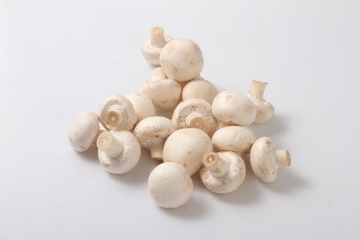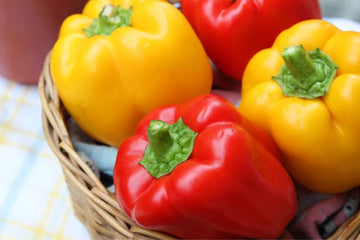Growing Mushrooms in Water | A Guide to Hydroponic Mushroom Cultivation
by Dinesh Sengar on Jan 25, 2023

Mushrooms and hydroponics are terms you wouldn't like to associate with one another. Gardeners could be a bit afraid to grow due to the concept, but we've got you covered. Here's the perfect guide on how to grow hydroponic mushroom at your home.
Can Mushrooms Be Grown Hydroponically?
Yes, mushrooms can be grown hydroponically. In fact, a hydroponic system is a better growth medium for mushrooms since it lacks roots and has mycelium. Compared to their brothers in the dirt, they are growing bigger and quicker.
So if your hydroponic garden is lacking mushrooms, it's time to add some fresh fungus!
You don't require soil. That is probably the biggest benefit of any hydroponically grown plant. The mushrooms will essentially grow on water, allowing you to consume fresh mushrooms every day without having to maintain a large outdoor garden.
Additionally, mushrooms do not require light to obtain nutrients for growth, in contrast to other plants. They don't have chlorophyll in them. They don't do photosynthetic processes. Your mushroom growing kit can therefore be set up anywhere.
The abundance of diverse nutrients, such as proteins and antioxidants that comes with owning a small mushroom farm is another fantastic benefit. They can help your general health since they are high in potassium and magnesium.
Mushrooms that are grown hydroponically expand more quickly than those grown on soil. This is due to the fact that water has more nutrients, and we gardeners always add more nutrients to ensure that our hydroponic plants develop more quickly, bigger, and healthier than before.
How To Grow Mushrooms Hydroponically
Solution & Growing Media
To begin with, mushrooms require a substrate to survive and develop, much as other plants do. Some others use sawdust, vermiculite, or air stones. Vermiculite will be our primary focus.
Hydronic mushrooms also need nutrients in addition to an inert substrate.
Though many people like to contrast mushrooms and plants, they are not the same. There is no food production by mushrooms. They thus require all the nutrition you have to offer. In order to properly develop, they require lipids, proteins, nitrogen, sugar, and carbs. As a result, the substrate you select is crucial for future growth.
The best option is to mix water, vermiculite, and brown rice flour. You can then continue by injecting your mycelium into the grain that has been disinfected. The mushroom-growing procedure will be a bit trickier if you are not utilizing a kit. Mushrooms are not plants and do not grow at all like plants. Starting with a fresh mushroom is the easiest method for starting a mushroom farm from scratch. Place it in a petri dish and let the mycelium develop.
Grown & Maintenance
In addition to the substrate, you must consider temperature and lighting in order to provide the inoculated vermiculite cakes with a suitable growth medium. Establish the temperature first. When the mushrooms are actively developing, raise the temperature to 25 to 30 degrees from 20 to 25 degrees when they are still in the germination stage. If you live somewhere cold, you can also buy a water heater.
Lightning is simple to use. Your hydroponic mushrooms should do OK as long as there are 5 to 6 hours of daylight each day. Get an air pump as well if you want your mushrooms to produce fresh generations. It will enable the spores to reach nearby mushrooms while also maintaining a constant temperature.
Mushrooms are typically harvested 4–5 days after they start to develop. The block can be used after the mushrooms have been harvested if you leave it idle for a few days and then go through the process again.
The block can be utilized until no more mushrooms sprout on it. Then, it is complete. You can also let the mushrooms reproduce, which will result in a larger mushroom farm. A mushroom must be gently sliced into its fruiting bodies, and its mycelium must be left in the ground in order to be properly harvested. Contrary to what we may have believed, the portion of the mushroom that we are eating is not the important one; therefore, removing it won't harm the mycelium.



